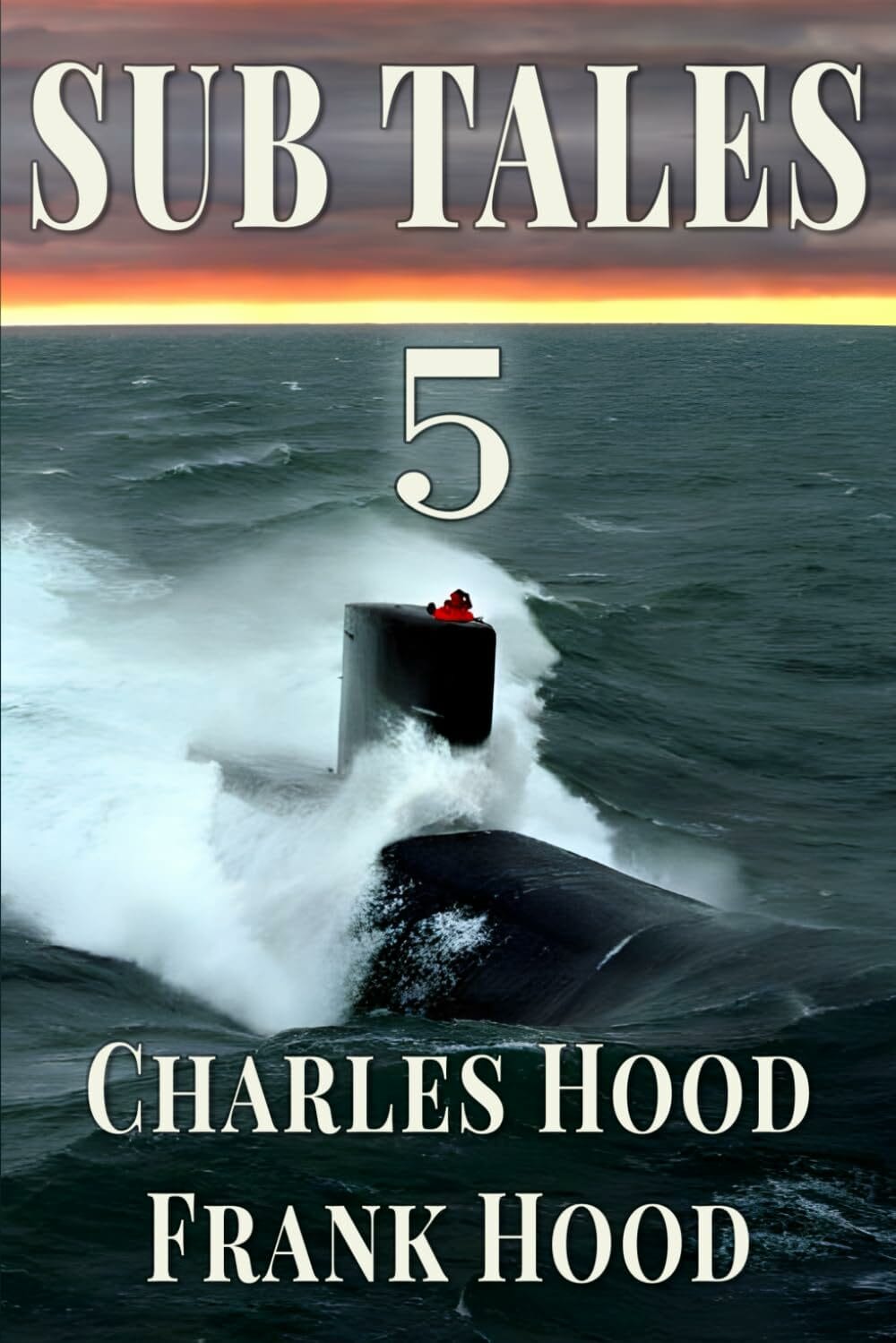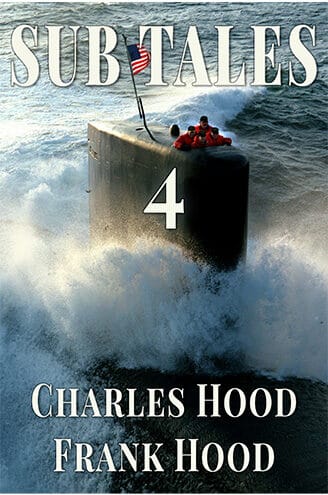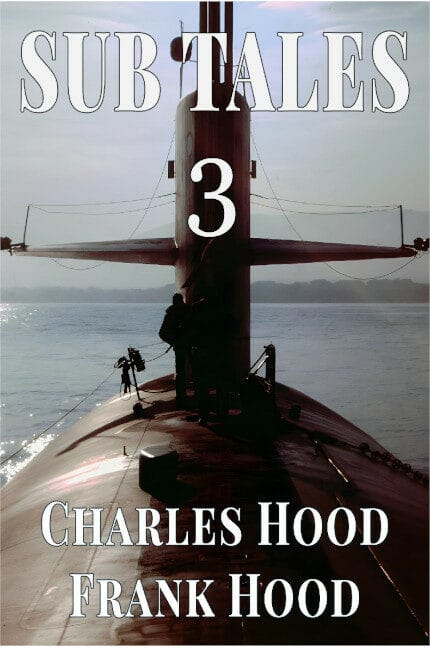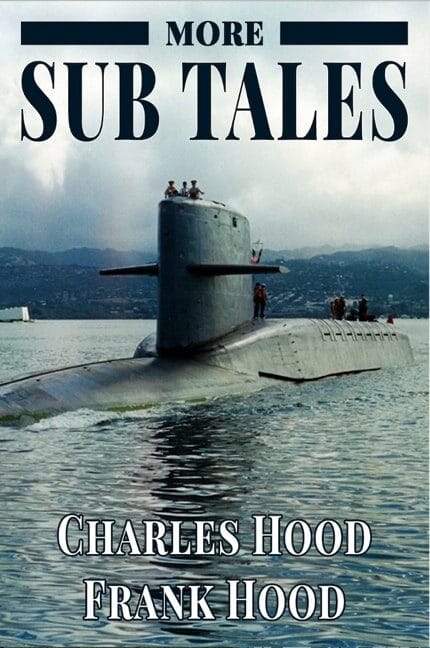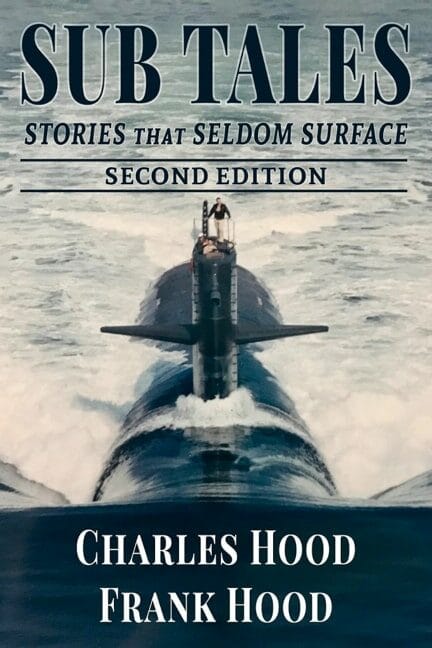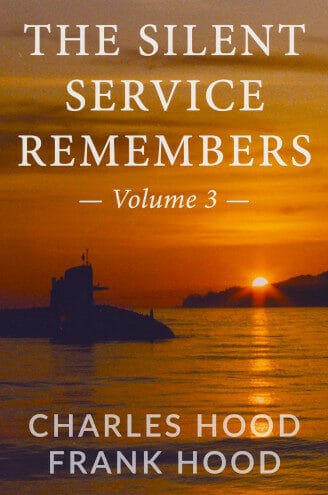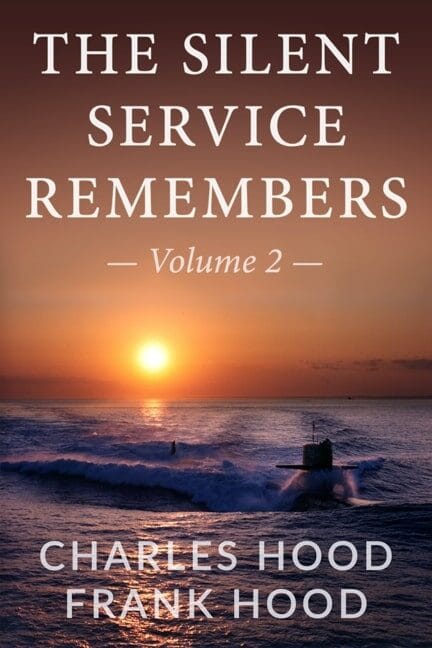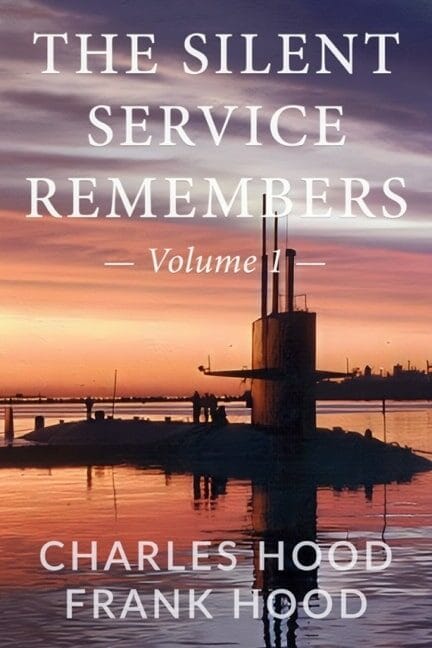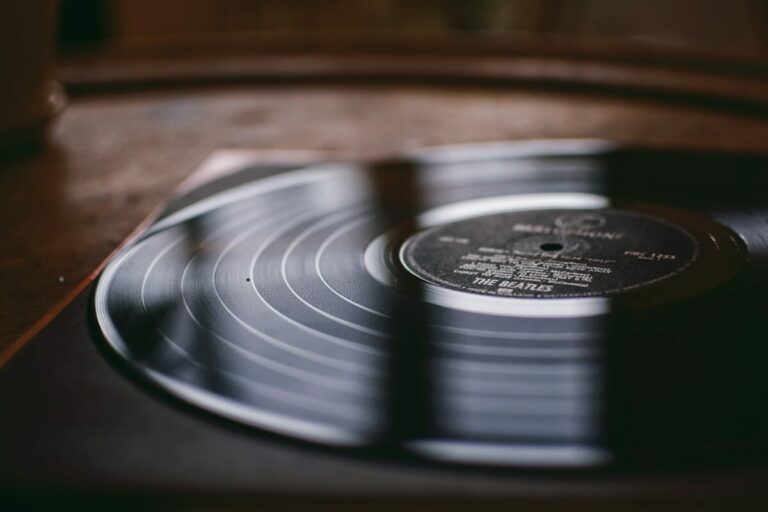Poopie Suits & Cowboy Boots: Frank Hood’s True Submarine Stories Resurface For A New Generation
Explore Frank Hood’s memoirs on submarine life during the Cold War—revealing authentic stories, history, military culture and human resilience

Poopie Suits & Cowboy Boots: Tales of a Submarine Officer During the Height of the Cold War
Poopie Suits & Cowboy Boots: Tales of a Submarine Officer During the Height of the Cold War, now in its fifth edition since 2017 and most recently updated in March 2025, has earned a popular place in the modern submarine literature for its engaging style and pacing. Set in the throes of the Cold War during the Nixon administration, the story follows the journey of Frank Hood through training and eventual deployment as a junior officer aboard a fast-attack submarine (USS Seahorse [SSN-669]) based out of Charleston, SC.
Navy blue jumpsuits and cowboy boots navigating the narrow corridors of a nuclear submarine 300 feet beneath the ocean’s surface. It sounds absurd until you realise that this unlikely combination tells the story of young men living under extraordinary pressure during one of history’s most tense geopolitical standoffs.
The late 1960s brought warfare fought in the crushing depths of the ocean, where American and Soviet submarines played deadly cat and mouse games that most of the world never witnessed. While everyday Americans worried about Vietnam and watched the space race unfold, another group of servicemen disappeared for months at a time into a steel world where 110 people shared recycled air and the constant hum of nuclear reactors.
When Real Life Becomes The Story
Charles Hood didn’t set out to become a chronicler of submarine life, but his collaboration with his brother Frank has produced something remarkable: a nine-book series that captures authentic submarine experiences spanning from 1900 to the present day. Their flagship memoir, ‘Poopie Suits & Cowboy Boots’, came from Frank’s own service aboard the USS Seahorse during the height of Cold War tensions.
The title itself reveals the authors’ commitment to authentic detail over military mystique. ‘Poopie suits’ were the navy blue jumpsuits with Velcro tabs that submariners could quickly don during emergencies, while cowboy boots provided the comfort and durability needed for months at sea. These weren’t uniform regulations – they were practical solutions born from the realities of submarine life. Military voices continue to share authentic experiences that bridge understanding between civilian and service worlds.
The Gauntlet Before The Deep
What comes through in Hood’s account is a portrait of how much changed before anyone stepped aboard a submarine. The path to submarine service started with Admiral Hyman Rickover’s notorious interviews – encounters that veterans still discuss decades later for their unconventional and intimidating nature. Prospective officers then faced six months of Nuclear Power School, where they received instruction equivalent to a master’s degree in nuclear engineering, compressed into half the typical timeframe.
The most gruelling phase came during Nuclear Prototype Training, six months of learning not just normal reactor operations but every conceivable emergency scenario. Every pipe, valve and operational switch had to be traced through bulkheads and under deck plates, often with only basic diagrams for guidance. Officer Submarine School, normally six months long, had been compressed to just six weeks – ‘like drinking from a fire hose’, Hood recalls.
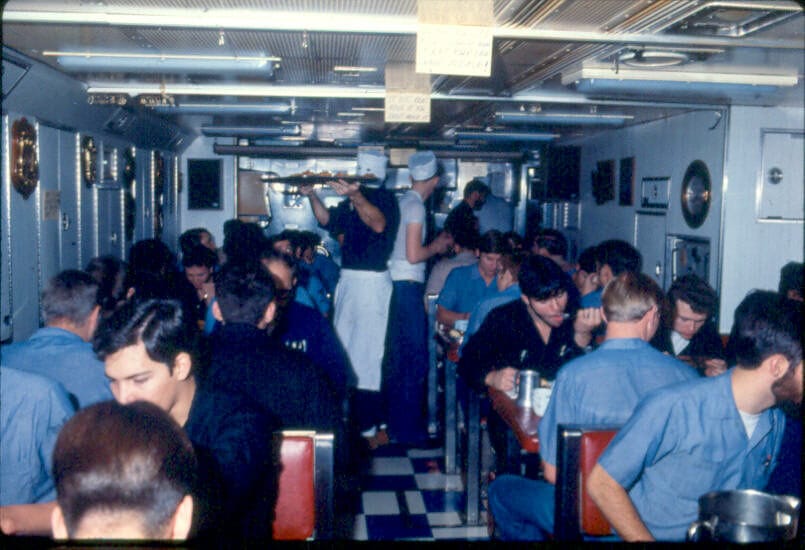
Life In A Steel Tube Designed To Sink
Once aboard an operational submarine, the real education began. Hood’s memoir reveals the intricate systems that kept 110 men alive during months-long submersions: the sonar arrays that served as underwater eyes and ears, the periscopes that provided brief glimpses of the world above, and the complex air cleaning systems that recycled every breath.
Technical details alone don’t capture submarine life. Hood describes the ritual of meals shared in impossibly cramped quarters, the importance of nightly movie screenings as mental relief, and the pressure each crew member faced to qualify for their Dolphins insignia – the symbol that marked them as trustworthy guardians of their shipmates’ lives.
The memoir captures both the mundane and the extraordinary: cruising on the surface during rare Caribbean evenings, calculating firing solutions for practice torpedoes, and navigating under Arctic ice where the margin for error disappeared entirely.
From One Story To Nine Volumes
The success of ‘Poopie Suits & Cowboy Boots’ – which became a New York Times bestseller and Amazon Book of the Year – revealed an unexpected hunger for authentic submarine stories. Over eight years, the Hood brothers expanded their project into nine volumes covering the entire history of American submarine service.
Their Sub Tales series includes accounts of the 1939 USS Squalus rescue, survival stories like that of George Rocek, who survived both his own submarine’s sinking and the destruction of the Japanese aircraft carrier where he was imprisoned, and remarkable episodes like a baseball game played at the North Pole where a ball hit into right field landed ‘into Tomorrow’ due to crossing the International Date Line.
The Silent Service Remembers series welcomes contributions from submariners of every rank, creating what amounts to an oral history project that preserves experiences that might otherwise vanish with their keepers.
Stories With Purpose
The Hood brothers’ commitment goes beyond telling stories. Over 21,000 books sold have generated more than $60,000 in donations to submarine-related charities, reflecting Frank’s ongoing connection to the submarine community. Their audiobooks are narrated by a fellow submariner, ensuring that the technical terminology and cultural nuances reach listeners with authentic understanding.
This approach reflects how military memoir publishing has changed, where authentic first-person accounts increasingly appeal to civilian readers seeking genuine insight into military experience. Unlike heavily sanitised official histories or dramatised fiction, these memoirs offer unvarnished glimpses into military culture and psychology.
Why These Stories Matter Now
The appeal of submarine memoirs goes far beyond military audiences. Reviews consistently praise Hood’s ability to explain technical concepts in accessible language while maintaining emotional authenticity. Women readers, in particular, appreciate the emphasis on human relationships and psychological resilience over hardware specifications.
In an era when much military experience remains hidden behind security classifications, submarine memoirs like Hood’s provide rare windows into a world that operates by fundamentally different rules. The confined environment, extreme interdependence and constant awareness of mortal danger create social dynamics that fascinate readers who may never experience such circumstances themselves.
These accounts also challenge common misconceptions about submarine life, revealing that glamour and glory matter far less than competence, reliability and the ability to function under psychological pressure that most people could never imagine. Stories that bridge cultural divides often emerge from the most unexpected places.
Below The Surface
Frank Hood’s contribution to submarine literature goes beyond personal memoir. By documenting both the technical mastery and emotional reality of submarine service, he has created an accessible bridge between military and civilian worlds. His stories don’t glorify or condemn – they simply reveal what happened when young Americans descended into the ocean’s depths during one of history’s most dangerous geopolitical periods.
For readers willing to step aboard through Hood’s telling, the world 300 feet below the surface proves surprisingly relatable, even from the bottom of the ocean. The uniform may be navy blue jumpsuits and cowboy boots, but the human experiences of fear, friendship, responsibility and growth translate across any environment.
The success of Hood’s nine-book series shows that readers hunger for authentic stories from hidden worlds, told by those who lived them rather than those who merely studied them. In an age of manufactured drama, sometimes the most compelling narratives come from people who simply decided to share what actually happened when they volunteered to serve in ‘a steel tube designed to sink’.
About Charles and Frank Hood

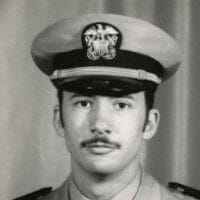
Charles Hood is the medical director of the radiology department at Laurens County Hospital in Upstate South Carolina, bringing 30 years of physician experience in diagnostic radiology to his writing collaboration with his brother Frank.
A graduate of the University of South Carolina and Wake Forest University, Charles was awarded the Robert Link National Commander’s Award in 2020 for his contributions to submarine history and philanthropy.
Frank Hood is a retired US Navy submarine veteran who served aboard the USS Seahorse during the Cold War before building a successful business career spanning engineering roles at Fortune 100 companies, 20 years with Hewlett Packard, and 11 years operating his own sales strategy consulting company. Together, the brothers have co-authored the bestselling memoir “Poopie Suits & Cowboy Boots” and the nine-book Sub Tales series, with over 21,000 books sold and more than $60,000 donated to submarine-related charities.


